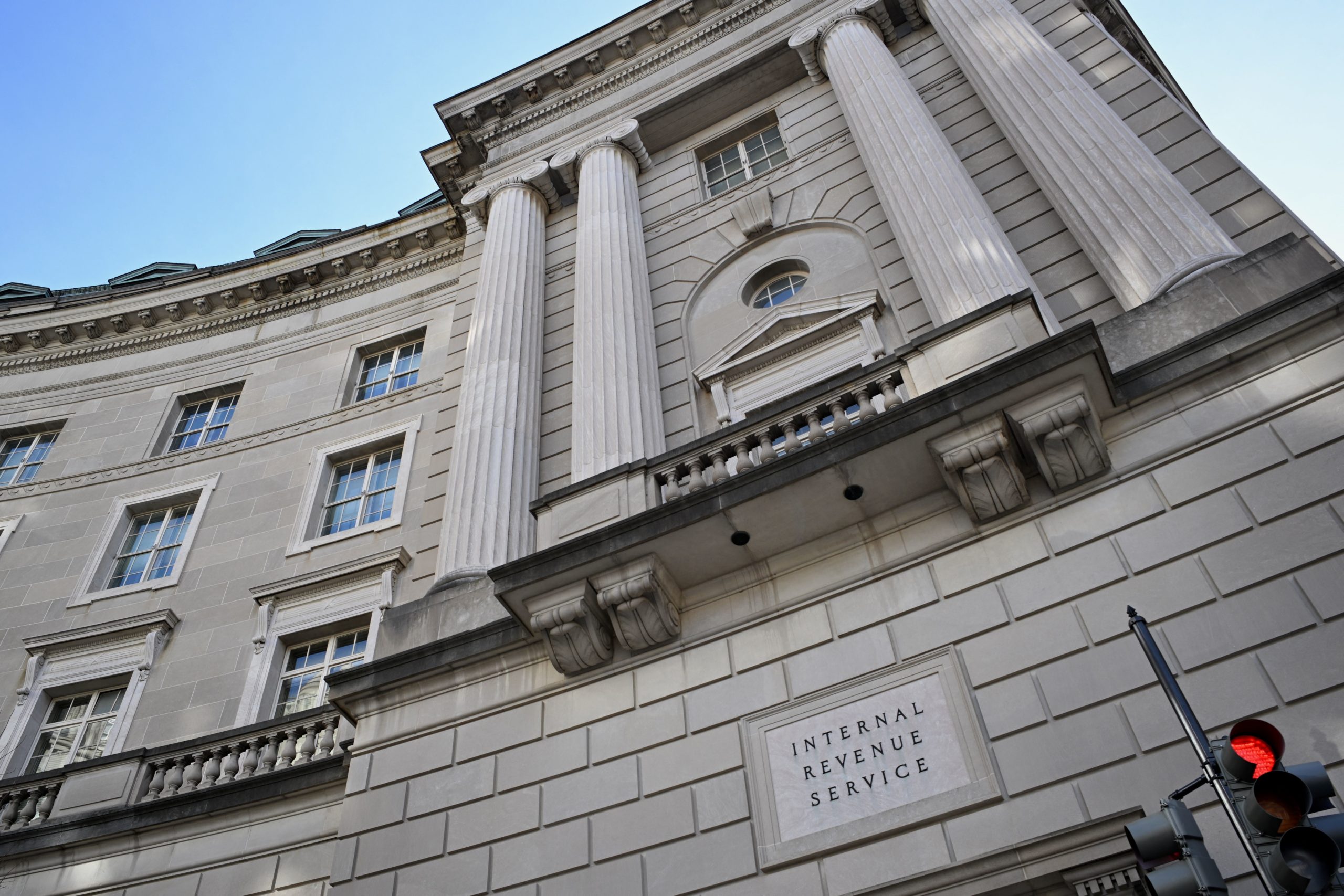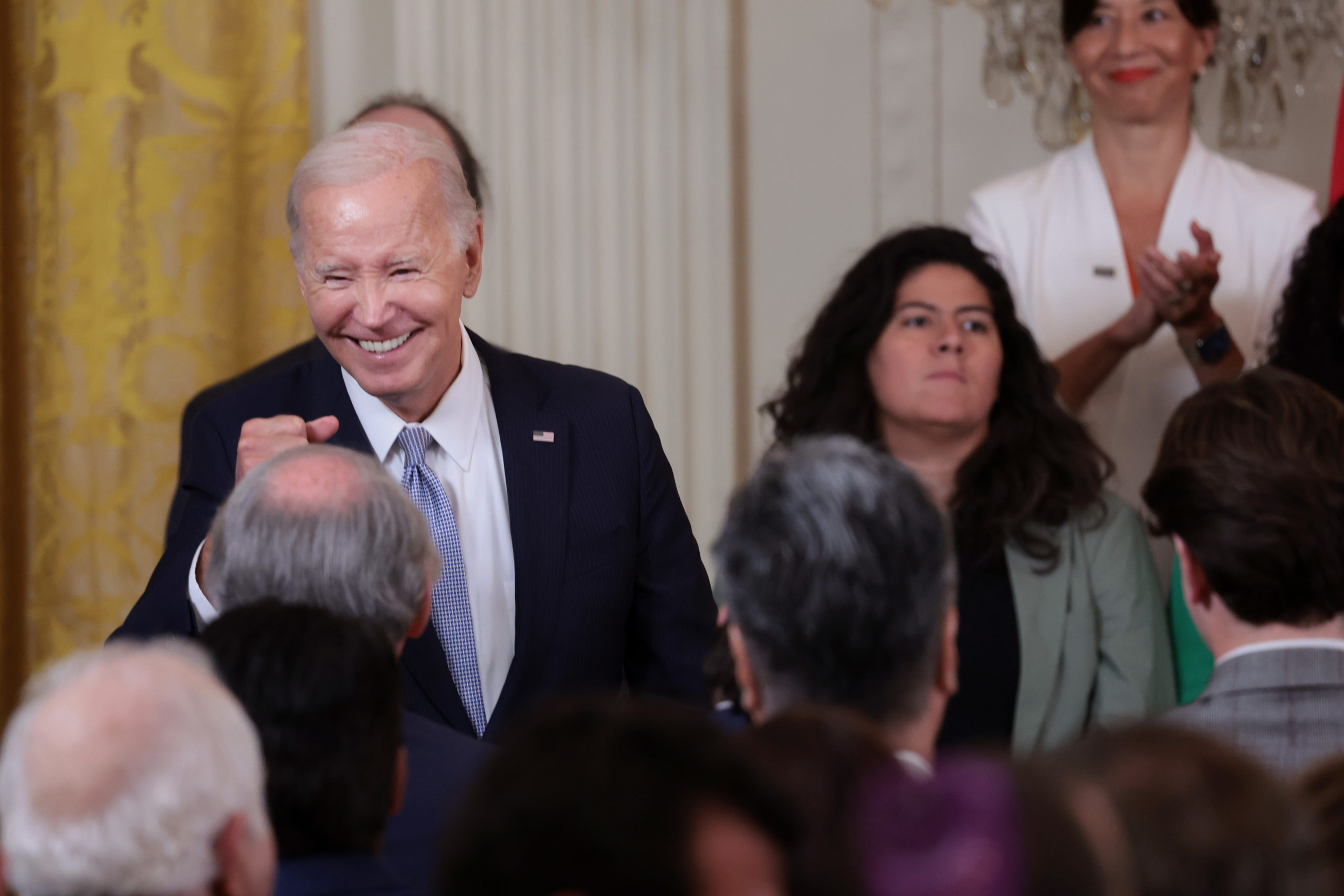The IRS misled taxpayers in surveys and generated unsubstantiated cost and user estimates for a new direct online tax filing initiative, a new watchdog report concluded.
The U.S. Treasury Inspector General for Tax Administration (TIGTA) released a report on Oct. 2 assessing the IRS’s plan for a free e-filing system and the TIGTA concluded that the IRS misled taxpayers in surveys about the e-file system and failed to produce data to justify its cost and user estimates. (RELATED: Biden DOJ Finally Charges IRS Consultant For Allegedly Leaking Tax Info To Journalists)
READ THE FULL REPORT:
“The IRS obtained taxpayer opinions on a Direct File system. However, taxpayer interest in a Direct File tool may be overstated due to the design of the surveys conducted,” the report states. “In addition, the survey prompt may have led taxpayers to believe that the tool would have more options than it will immediately have available, such as the ability to file State tax returns.”
“Finally, the IRS could not provide TIGTA with any supporting documentation to support its cost estimates or how it determined there would be at least 5 million users. As a result, TIGTA had no way to identify the reasonableness of the IRS’s cost estimates,” the report adds.
The Inflation Reduction Act (IRA), passed in 2022, required the IRS to provide information about taxpayer sentiment towards the direct e-file system and the agency produced survey data to comply with the legislation. Respondents were not informed that state level tax return preparation would not be initially included as part of the e-filing system and respondents were not given a “neutral” response option for questions in a Taxpayer Experience Survey (TES) survey, the report demonstrates.
The IRS claimed in its letter to the Treasury Secretary that the TES results showed 72% of taxpayers were interested in the direct e-file system based on survey data that found 45% were somewhat interested and 28% were very interested. The data also states that 11% were not interested and 17% were not very interested in the e-file system in the surveys conducted without a neutral option.

The Internal Revenue Service headquarters building is seen in Washington, DC on January 10, 2023. – In one of its first legislative moves, House Republicans voted on January 9, 2023 to rescind some $70 billion in funding for the IRS. (Photo by MANDEL NGAN / AFP) (Photo by MANDEL NGAN/AFP via Getty Images)
IRS standard operating procedures and the Office of Management and Budget (OMB) recommend using a five point response scale to survey customer feedback, the report says.
“Our review determined that referring to the terms ‘commercial and IRS-provided tax preparation software’ in the prompt taxpayers read prior to answering questions about Direct File may have led them to believe certain features, e.g., State tax return preparation, would be included as a feature in Direct File. In addition, taxpayers were only given four, not five, response options to show their level of interest in Direct File. As a result, the level of taxpayer interest in a Direct File program may be overstated,” the report states.
An independent survey by a Federally Funded Research and Development Center (FFRDC) found that 60% of simple return taxpayers would choose their current software over the IRS tool if state tax returns were excluded. The IRS appeared to over-represent the interest in its options for taxpayers by presenting FFRDC data on a return-free filing option despite the fact that the IRS does not have immediate plans to offer return-free filing, according to TIGTA discussions with the IRS.
The United States Digital Service (USDS) team compiled additional research by creating a prototype of the online filing system and allowing taxpayers to evaluate it.
In addition, the TIGTA could not substantiate the IRS estimates that between 5 and 25 million users would choose the IRS-provided online survey option. The IRS based its estimate on the volunteer tax assistance program that only prepared 2.2 million tax returns in fiscal year 2022, the TIGTA assessed. Likewise, the IRS was unable to provide the TIGTA with any documentation to justify its cost estimates for the e-file initiative.
“Finally, the IRS’s estimate included costs associated with providing customer support, product development, i.e., labor costs, and technology, i.e., hosting fees, software licensing fees, etc. Yet when we asked the IRS for documentation supporting how it arrived at these various cost estimates, it could not provide us with any. As such, we could not evaluate if the IRS’s cost estimates were reasonable,” the report concludes.
The IRA authorized $15 million of funding for the IRS to set up a task force to explore the possibility of a direct e-file program and it appears none of the funds were being used. IRS officials did not expense the salaries of the employees participating in the direct e-file task force, the report indicates.

WASHINGTON, DC – AUGUST 16: U.S. President Joe Biden greets audience members during an event recognizing the first anniversary of the Inflation Reduction Act in the East Room at the White House on August 16, 2023 in Washington, DC. The Inflation Reduction Act aims to curb inflation by reducing the federal government budget deficit, lowering prescription drug prices, and investing into clean domestic energy programs. (Photo by Win McNamee/Getty Images)
Another requirement under the IRA was for the IRS to send Congress an independent third party report evaluating the direct e-file proposal in addition to its survey findings and cost estimates. New America, a left-wing think tank, compiled the third party report after its employees expressed support for Democratic Massachusetts Sen. Elizabeth Warren’s proposal for a government-run filing system, according to the House Ways and Means Committee. (RELATED: Democrat Rep Lets Slip What The Inflation Reduction Act Was Really All About)
Republican Missouri Rep. Jason Smith, Chairman of the House Ways and Means Committee, criticized the IRS in a press release Thursday addressing the contents of the TIGTA report.
“TIGTA’s report further underlines the trust gap between the IRS and American taxpayers. The Biden Administration’s so-called ‘study’ into establishing a direct e-file system was a foregone conclusion designed to further their goal of inserting the IRS into every aspect of Americans’ lives,” Smith said in a statement.
“Congress has not authorized a direct e-file program because the IRS has proven to be one of the least trustworthy agencies in Washington, and the American people are rightly opposed to making the already supercharged agency their tax preparer, filer, and auditor. The Ways and Means Committee will continue our oversight of the IRS and the Biden Administration to ensure they are complying with the law and American taxpayers are protected,” Smith added.
Democratic lawmakers voted to provide the IRS with roughly $80 billion of new funding as part of the IRA spending package. The bipartisan debt ceiling legislation passed in June rescinded $1.4 billion of the new IRS funding and the White House said in May it agreed to cut $10 billion of IRS funding in both fiscal years 2024 and 2025 respectively.
The IRS did not respond to a request for comment by the time of publication.


